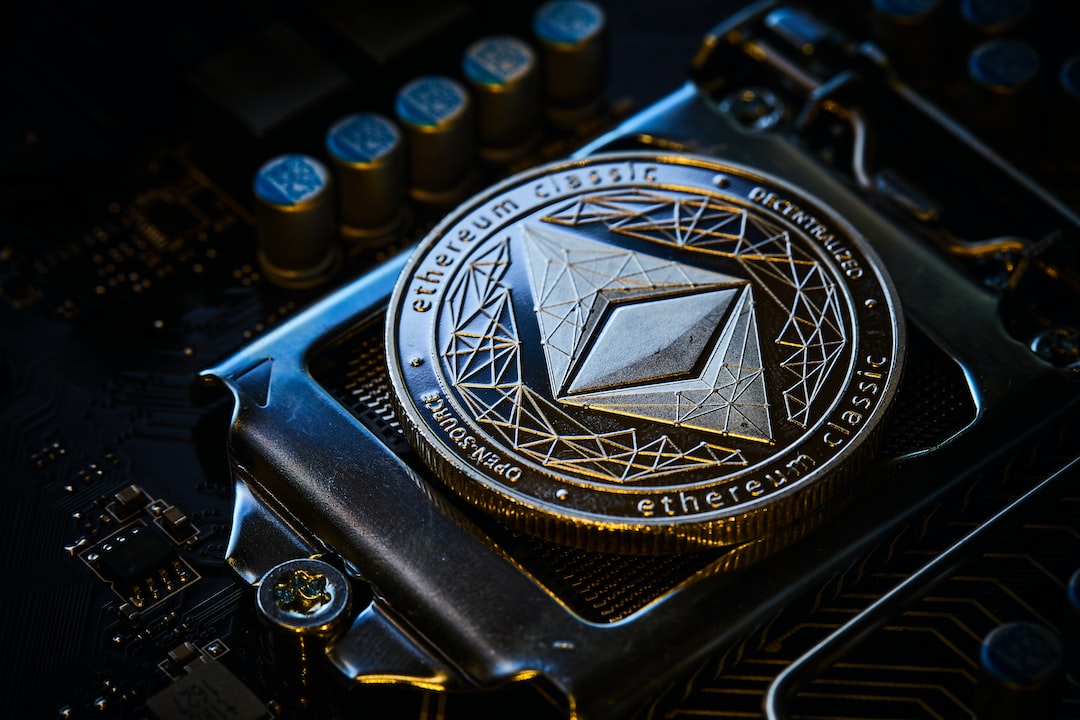Are Inscriptions a Denial of Service Attack on Bitcoin?
On-chain analysis suggests that critics who claim that inscriptions, particularly BRC-20 tokens, are a denial of service attack on regular Bitcoin transfers are wrong. The majority of Bitcoin block space is still occupied by normal monetary transactions, with inscriptions squeezed into any remaining space. Glassnode’s data shows that inscriptions and monetary transfers share an equal proportion of total Bitcoin transactions. However, inscriptions are more efficient in terms of block space usage and generate a significant percentage of the network’s total fees using less than 10% of block data size. Inscriptions bring value, fees, and data to the same block, making space utilization more efficient.
NFTs vs. BRC-20: Comparing Inscriptions
Inscriptions have traditionally been associated with weighty image-based NFTs on the blockchain. However, the introduction of the BRC-20 token standard has led to a surge in smaller text-based inscriptions. These frequent but smaller inscriptions have increased Bitcoin’s UTXO set, filled its mempool, and driven transaction fees higher. A Glassnode report highlighted the prevalence of SATS, a BRC-20 token, which contributed to a significant increase in Bitcoin UTXOs. Despite this shift in inscriptions, critics continue to oppose their presence in Bitcoin blocks.
The Opposition to Inscriptions
Critics argue that text-based inscriptions are simply “filler” for blocks and are eventually displaced by more urgent monetary transfers. Bitcoin Core developer Luke Dashjr has referred to these transactions as “spam” exploiting a bug in Bitcoin’s code. Dashjr’s mining pool, OCEAN, filters out inscriptions to prioritize real transactions. However, James Check argues that opposition to inscriptions is based on subjective and ideological reasons, while Bitcoin operates on objective consensus rules. Ultimately, inscriptions bring value to Bitcoin by paying miners and improving space utilization efficiency.
Hot Take: Inscriptions Enhance Bitcoin’s Efficiency
Contrary to critics’ claims, on-chain analysis reveals that inscriptions, including BRC-20 tokens, are not a denial of service attack on regular Bitcoin transfers. They contribute to the majority of Bitcoin block space and generate significant fees. While there has been a shift towards smaller text-based inscriptions, they still provide value to the network. Critics’ opposition to inscriptions is based on ideological and subjective reasons, rather than objective consensus rules. Inscriptions improve space utilization efficiency and benefit Bitcoin by paying miners. Therefore, inscriptions are an essential part of the Bitcoin ecosystem.





 By
By
 By
By

 By
By
 By
By